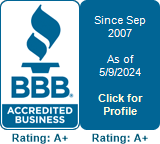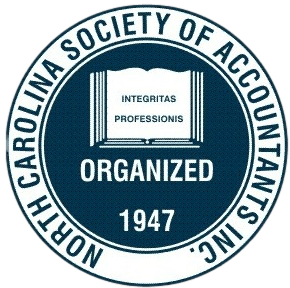Why Your Business Needs to Complete a Schedule K-1

Are you a partial or whole owner of an S corporation, a partner in a business, or a beneficiary of a trust? Then you may have learned that your income tax filing must include a Schedule K-1. This is an unfamiliar form to most American taxpayers, so it may sound confusing. To help clear up any questions you have about this key business income tax form, here is a brief guide to the K-1.
Who Must Create a Schedule K-1?
Schedule K-1 is part of the business tax filing requirements for most pass-through entities. A passthrough entity is a business structure in which income and expenses are passed through to the owners to declare on their personal income tax returns. The owners also pay income tax due based on income and expenses.
The most common pass-through entities are partnerships, S corporations, and limited liability companies. Less commonly, trusts fall into this category even if they are not a typical business.
When a pass-through entity earns income and pays expenses, then, it must proportion out the amount attributable to each shareholder, partner, or beneficiary and report this information to them. A Schedule K-1 is how the business does this. This document must be prepared by the business and provided to relevant parties by the due date of the business tax return.
Why Is Schedule K-1 Necessary?
You may ask why you can't simply use the company's accounting books as a base and do the math of how much your portion of profit is. The answer is that the company's books and its income tax returns may end up looking quite different from one another. That's because what is allowable for tax purposes may be different than what is allowable under standard accounting practice.
For instance, depreciation for tax purposes is taken on a set IRS schedule based on the asset, its life expectancy, and any special depreciation claimed. However, on the books, your company may find that it's better to continue using standard depreciation for financial statements. Using two different methods is acceptable practice and has benefits for each purpose. But it will change the tax form's bottom line.
Should You File a Schedule K-1 on Your Own?
Understandably, many small businesses on a tight budget would rather create a Schedule K-1 in-house to save money. But is this a good idea? Generally, it's not. Here are two reasons why that is usually true.
First, the K-1 can be a complicated form to understand and report correctly. In a partnership, for example, it must include information about the partners' capital account balances, their share of Section 179 depreciation, short- and long-term capital gains, and relevant business credits. Since an S Corporation can have up to 100 shareholders, correctly proportioning all these elements can take a lot of work.
Second, because the K-1 affects the taxes of shareholders or partners, a single error on this form could have far reaching and expensive consequences. If the business fails to properly calculate which items are tax-exempt or nondeductible and then report this wrong information, shareholders could end up paying higher or lower personal taxes than they should. That may attract the attention of the IRS or state tax agencies.
Where Should You Start?
If your business or trust needs to file a Schedule K-1, begin by consulting with an experienced accounting and bookkeeping service. Quality Bookkeeping Services Inc. can help. Our team includes professionals qualified to assist with everything from routine bookkeeping data entry to preparation of company tax forms to how your personal taxes will be affected. Call today to make an appointment.













